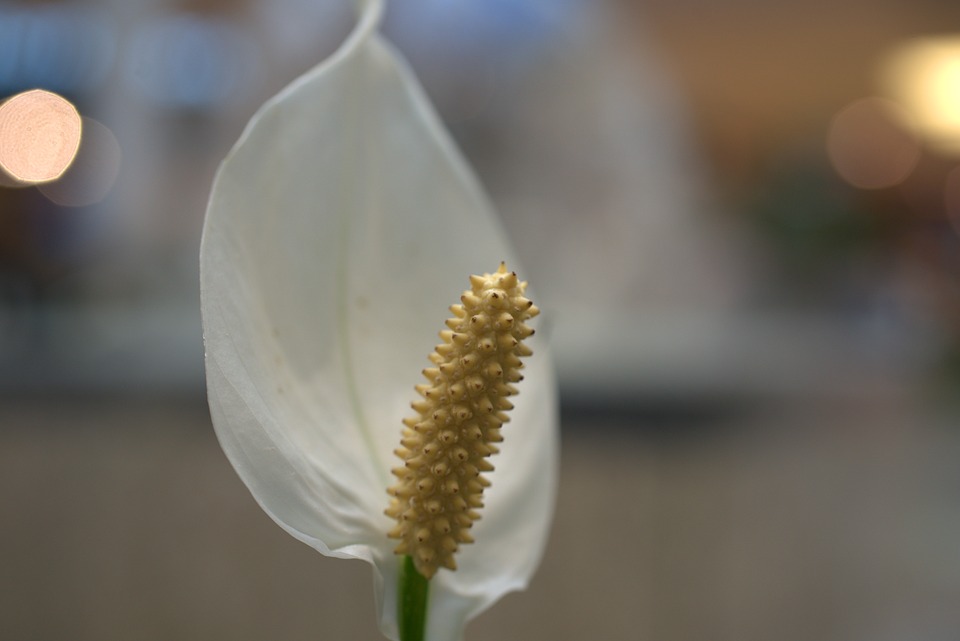
Keep your Peace Lilies happy
Peace lilies are tropical plants that have become popular around the world as potted plants. The key to caring for this plant is making sure that all of its needs are met. If you are not sure about exactly what this plant prefers, here are the main points to keep in mind.
Light
Plants need light in order to flourish but not all plants require direct sunlight. When they grow in the forest, they are sheltered from the direct sunlight. When you grow them as potted plants, you need to ensure that they receive plenty of indirect sunlight similar to the light they enjoy when growing wild. An East-facing window is usually your best bet because it will receive the warmth it needs in the morning while avoiding the strong rays of the afternoon sun. Fluorescent lighting can also prove beneficial for these plants if the need arises.
Water
Just like light, all plants need water too. Peace lilies are known to be rather thirsty plants and they will droop immediately if they get slightly dehydrated. That said, it’s important not to overwater them either. Room temperature water should be given a few times per week. Filtered water is best because these plants are very sensitive to the chemicals found in regular tap water. If you don’t have any option but to use tap water, you should pour some in a glass or jug and allow it to stand overnight before watering. This will allow the chemicals to disperse.
Environment
If you want to grow your peace lilies indoors, you need to consider the natural environment that they love. The planter should have enough drainage holes and you should use porous soil. You can also help create a more humid environment for the plant by misting or using a gravel tray. Keep these plants away from draughts and sources of cold or heat.
If your peace lily starts to droop, it could simply need some water. If water does not do the trick, you might need to consider other causes like temperature, soil, and light. It might seem tricky at first but you will soon get the hang of it. If the leaves start to turn yellow, this could be due to a number of causes. Yellow streaks indicate too much light. Yellow leaves can also be caused by a lack of water, pests or even old age. Inspect your plant for the source of the problem. Some of the most common bugs that are attracted to these plants include spider mites, mealybugs and aphids.
